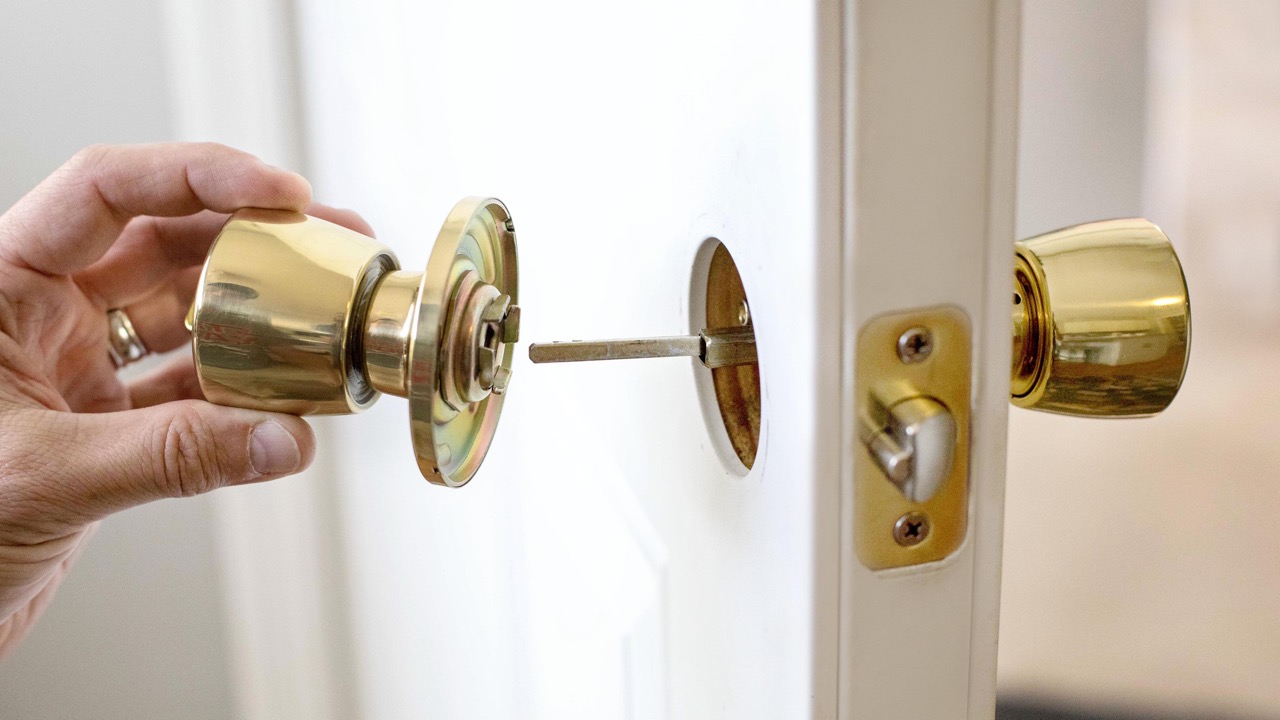

Articles
How To Change A Door Lock
Modified: October 19, 2024
Looking for articles on how to change a door lock? Discover step-by-step guides and expert tips to easily replace your door lock with our helpful articles.
(Many of the links in this article redirect to a specific reviewed product. Your purchase of these products through affiliate links helps to generate commission for Storables.com, at no extra cost. Learn more)
Introduction
Welcome to our comprehensive guide on how to change a door lock. Whether you are moving into a new home, upgrading your security, or simply need to replace a broken lock, knowing how to change a door lock is an essential skill for any homeowner or renter. In this article, we will walk you through the steps of assessing your current lock, removing the existing lock, choosing a new lock, installing the new lock, and testing it to ensure it functions properly.
Changing a door lock may seem like a daunting task, but with the right tools and a little bit of know-how, you can accomplish it in no time. Not only will changing your door lock improve the security of your property, but it will also provide you with peace of mind knowing that you have full control over who has access to your home.
Before we jump into the step-by-step process, let’s go over some tools and materials you will need to complete this task successfully. Having these items ready beforehand will make the entire process smoother and more efficient.
Key Takeaways:
- Changing a door lock is a manageable task with the right tools and know-how. By carefully assessing, removing, choosing, installing, and testing the new lock, you can enhance your home’s security and enjoy peace of mind.
- Thoroughly testing the new lock ensures smooth operation and desired security. Remember to seek professional assistance if needed and maintain your locks regularly for optimal performance.
Read more: How To Change The Front Door Lock
Tools and Materials Needed
Before you start changing a door lock, gather the following tools and materials:
- Screwdriver – Depending on the type of door lock, you may need a Phillips or flathead screwdriver. Make sure you have both types on hand.
- Tape Measure – This will come in handy when selecting a new lock to ensure it fits properly on your door.
- New Door Lock – Choose a lock that suits your needs and preferences. Consider factors such as security level, lock type (e.g., deadbolt, lever handle), and finish.
- Replacement Screws – If the new lock does not come with screws or if the existing screws are worn-out, it’s a good idea to have some replacements handy.
- Masking Tape – Use masking tape to mark the location of the old lock and ensure a precise installation of the new lock.
- Pencil – You’ll need a pencil to mark the screw holes and other measurements during the installation process.
- Optional: Power Drill – Depending on your door and lock type, you may need a power drill to make new holes or enlarge existing ones.
By having these tools and materials ready, you can avoid any unnecessary delays during the process.
Step 1: Assessing the Door Lock
Before you can begin changing a door lock, it’s essential to assess the current lock and determine its type and condition. Here’s how:
- Examine the lock on your door. Is it a deadbolt lock, a lever handle lock, or a different type of lock?
- Check if the lock is functioning properly. Is the key turning smoothly? Are there any signs of damage or wear?
- Inspect the latch and strike plate. Ensure that the latch extends fully into the strike plate and that the screws holding the strike plate are tight.
- Assess the security level of the current lock. Is it sufficient for your needs, or do you want to upgrade to a higher-security lock?
- Consider the finish and aesthetic appeal of the lock. Does it match your door and overall style?
By thoroughly assessing your current door lock, you can make an informed decision about whether it needs to be replaced or if it can be rekeyed. If the lock is old, damaged, or doesn’t meet your security requirements, it’s often best to proceed with replacing the lock entirely.
Once you have assessed the existing lock and determined that a replacement is necessary, you can move on to the next step: removing the current lock.
Step 2: Removing the Existing Lock
Now that you’ve assessed your door lock and confirmed that it needs to be replaced, it’s time to remove the existing lock. Follow these steps:
- Begin by opening the door fully to provide easy access to the lock.
- Locate the screws holding the lock and strike plate in place. These screws are typically found on the edge of the door and the door frame.
- Using the appropriate screwdriver, loosen and remove the screws. Be sure to keep them in a safe place, as you may need them later.
- Once the screws are removed, gently pull the lock and strike plate away from the door and door frame, respectively.
- Inspect the door and frame for any remaining screws or components that may be holding the lock in place. Remove them if necessary.
- With all the screws and components removed, the old lock should now be completely detached from the door.
After removing the existing lock, take the opportunity to clean the area where the lock was installed. Remove any dust, debris, or adhesive residue to ensure a clean surface for installing the new lock.
Once you’ve successfully removed the old lock, it’s time to move on to the next step: choosing a new lock.
When changing a door lock, make sure to measure the existing lock’s dimensions to ensure the new lock will fit properly. This will save you time and frustration during the installation process.
Step 3: Choosing a New Lock
When it comes to choosing a new lock, there are several factors to consider to ensure you select the right one for your needs. Follow these steps:
- Consider the type of lock you want. Deadbolt locks are commonly used for exterior doors due to their high level of security. Meanwhile, lever handle locks are popular for interior doors.
- Determine the security level you require. Look for locks that have high-grade security ratings and features such as anti-pick pins and hardened steel bolts.
- Measure the backset of your door. The backset is the distance from the edge of the door to the center of the lock borehole. Check the specifications of the new lock to ensure it matches your door’s backset measurement.
- Consider the finish of the lock. Choose a finish that complements your door and suits your personal style.
- Research reputable lock brands and read customer reviews. Look for locks that offer durability, reliability, and good value for your money.
- Visit your local hardware store or browse online to explore the various lock options available. Consult with a professional if needed to ensure you make an informed decision.
By taking the time to choose the right lock, you can ensure optimum security and functionality for your door. Once you have selected your new lock, you can move on to the next step: installing the new lock.
Read more: How To Change Batteries On Door Lock
Step 4: Installing the New Lock
Now that you have chosen the perfect new lock for your door, it’s time to install it. Follow these steps to ensure a proper installation:
- Start by reading the manufacturer’s instructions that come with the new lock. Familiarize yourself with the specific steps and requirements for installation.
- With the door open, position the new lock on the edge of the door, aligning it with the existing holes or marking the new hole locations with the help of the lock template provided.
- Use masking tape to secure the lock in place, making sure it’s level and centered on the door.
- Mark the locations of the screw holes using a pencil. Remove the lock and set it aside.
- If needed, use a power drill to create new holes or enlarge existing ones as per the manufacturer’s instructions.
- Align the lock with the marked holes and secure it in place using the provided screws. Use a screwdriver to tighten the screws, but be careful not to overtighten them.
- Install the strike plate onto the door frame, ensuring it aligns with the latch. Secure it with screws.
- Test the new lock by turning the knob or using the key to ensure smooth operation.
It’s crucial to follow the manufacturer’s instructions precisely to ensure the proper installation of the new lock. If you encounter any difficulties or have questions, don’t hesitate to seek assistance from a professional locksmith.
Once you have successfully installed the new lock, you’re ready for the final step: testing the new lock.
Step 5: Testing the New Lock
After installing the new lock, it’s important to thoroughly test it to ensure it functions properly and provides the security you desire. Follow these steps to test your new door lock:
- Close the door and attempt to lock and unlock it using the key or knob, depending on the type of lock you installed.
- Test the latch by turning the knob or lever handle to check if it engages smoothly.
- Verify that the deadbolt extends fully into the strike plate when you lock the door.
- Check the alignment of the strike plate with the latch and ensure it securely holds the door in place when locked.
- Test the lock from both the inside and outside of the door to ensure it operates correctly.
- Try using a different key (if applicable) to ensure it works with the new lock.
- If any issues are detected, inspect the installation to identify any potential mistakes or misalignments. Make the necessary adjustments or consult a professional for assistance.
By thoroughly testing your new lock, you can have peace of mind knowing that it functions properly and provides the desired level of security. Remember to regularly maintain and inspect your locks to keep them in good working order.
Congratulations! You have successfully changed your door lock, improving the security and protection of your home. Remember to store your spare keys in a safe and secure location, and always ensure that your doors are locked when necessary.
We hope this guide has been helpful in assisting you with changing your door lock. If you have any further questions or need additional assistance, don’t hesitate to reach out to a professional locksmith or consult the lock manufacturer’s customer support.
Stay safe and secure!
Conclusion
Changing a door lock is an important step in enhancing the security and protection of your home. By following the step-by-step process outlined in this guide, you can confidently replace your old lock with a new one that meets your security requirements and aesthetic preferences. Remember, the key to a successful lock change is careful assessment, proper removal, thoughtful selection, accurate installation, and thorough testing.
By assessing the condition and security level of your existing lock, you can determine if replacement is necessary. Removing the old lock with care ensures a smooth transition to the new one. Choosing the right lock, considering factors such as lock type, security level, and finish, adds an extra layer of protection to your door. Installing the new lock correctly, following the manufacturer’s instructions, ensures its proper functionality. Testing the new lock thoroughly guarantees that it operates smoothly and securely. By taking these steps, you provide yourself and your family with the peace of mind that comes from knowing your home is protected.
Remember, if you’re unsure about any step in the process or encounter difficulties during installation, it’s always a good idea to seek assistance from a professional locksmith. They have the expertise and tools to ensure a successful lock change.
We hope this comprehensive guide has empowered you with the knowledge and confidence to change a door lock on your own. By taking the necessary precautions and investing in a high-quality lock, you can enhance the security of your property and create a safer living environment for you and your loved ones.
Thank you for reading, and stay safe!
Frequently Asked Questions about How To Change A Door Lock
Was this page helpful?
At Storables.com, we guarantee accurate and reliable information. Our content, validated by Expert Board Contributors, is crafted following stringent Editorial Policies. We're committed to providing you with well-researched, expert-backed insights for all your informational needs.
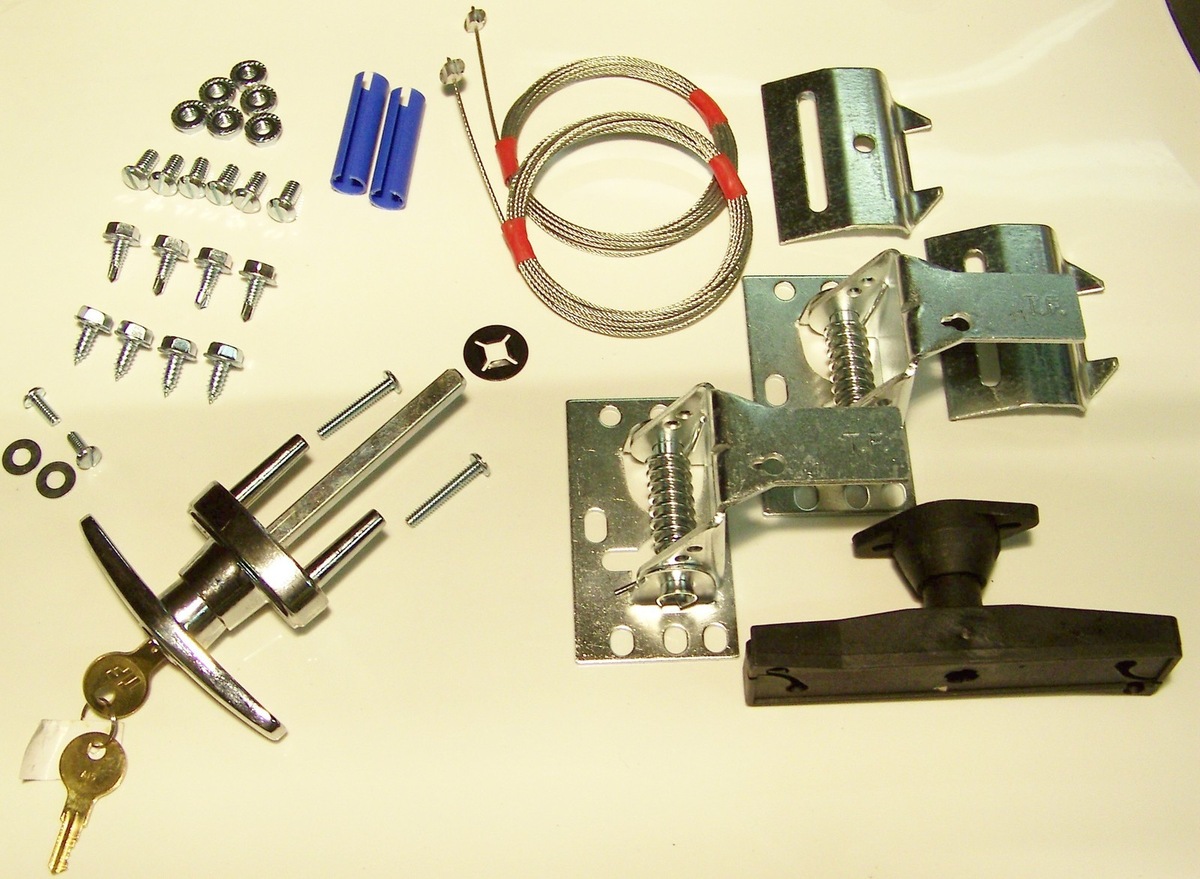
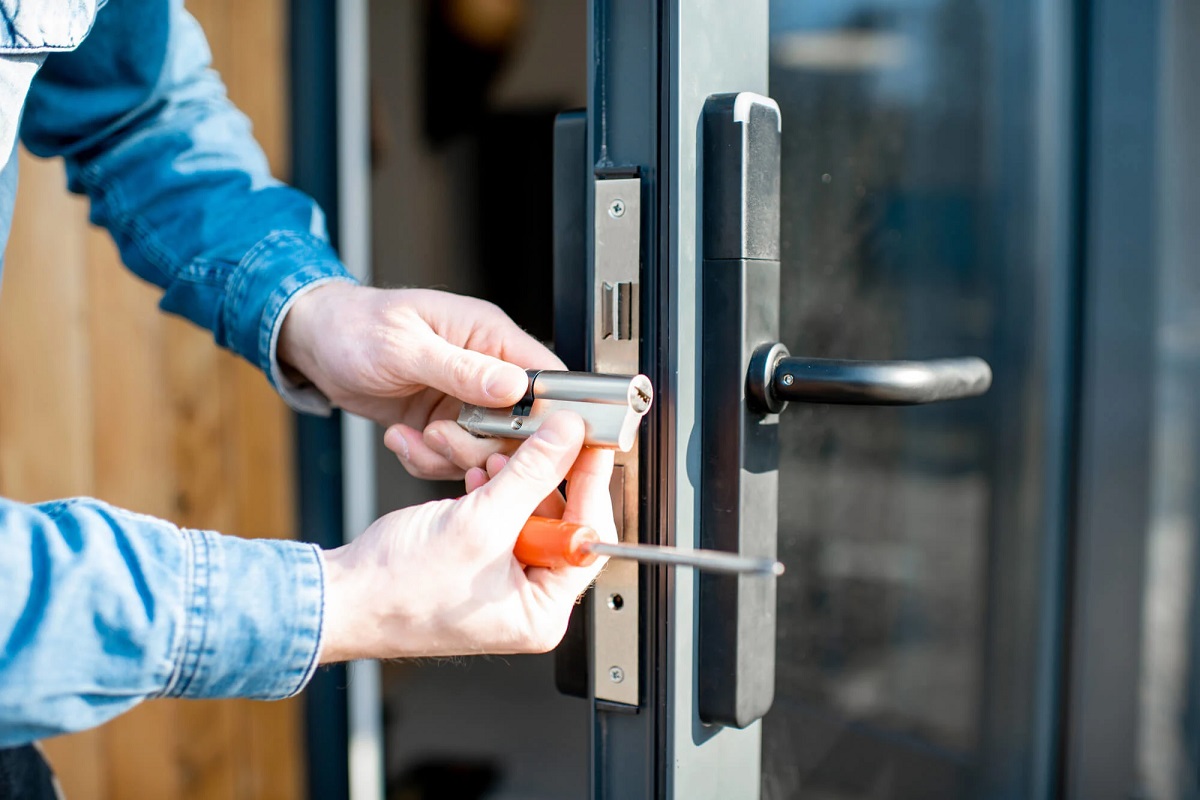
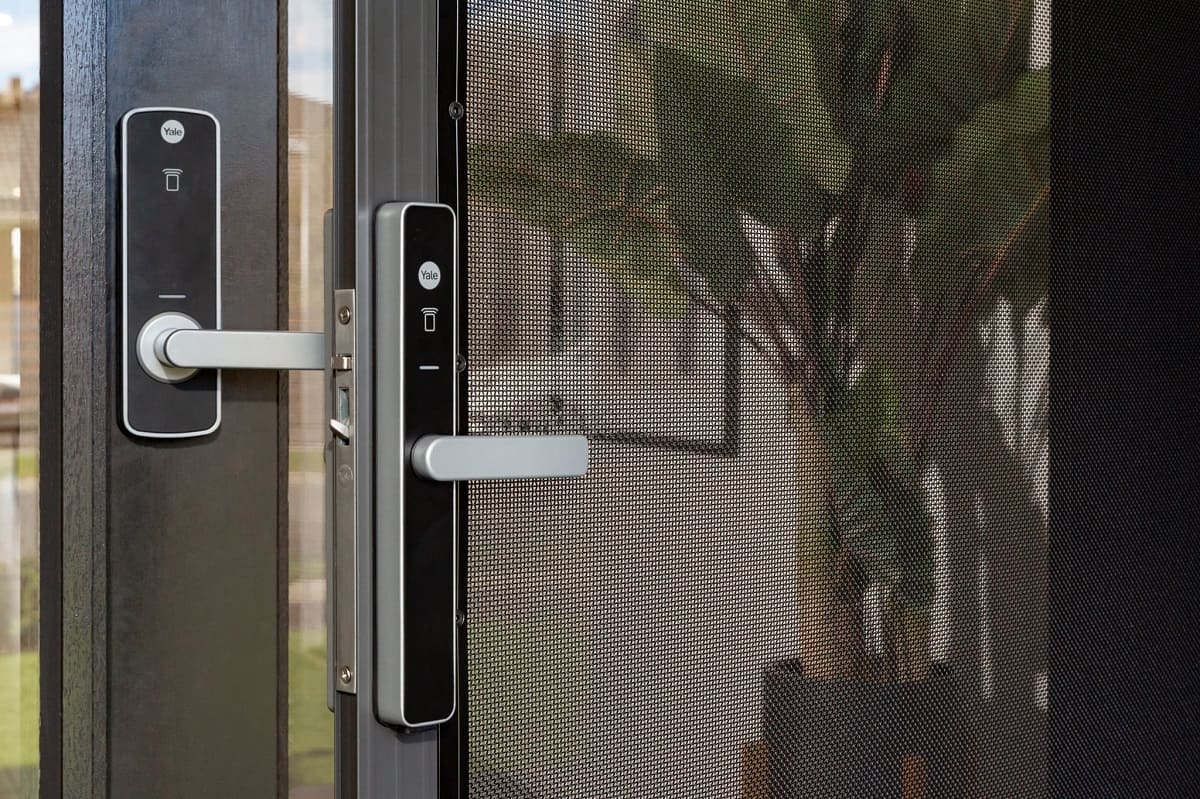
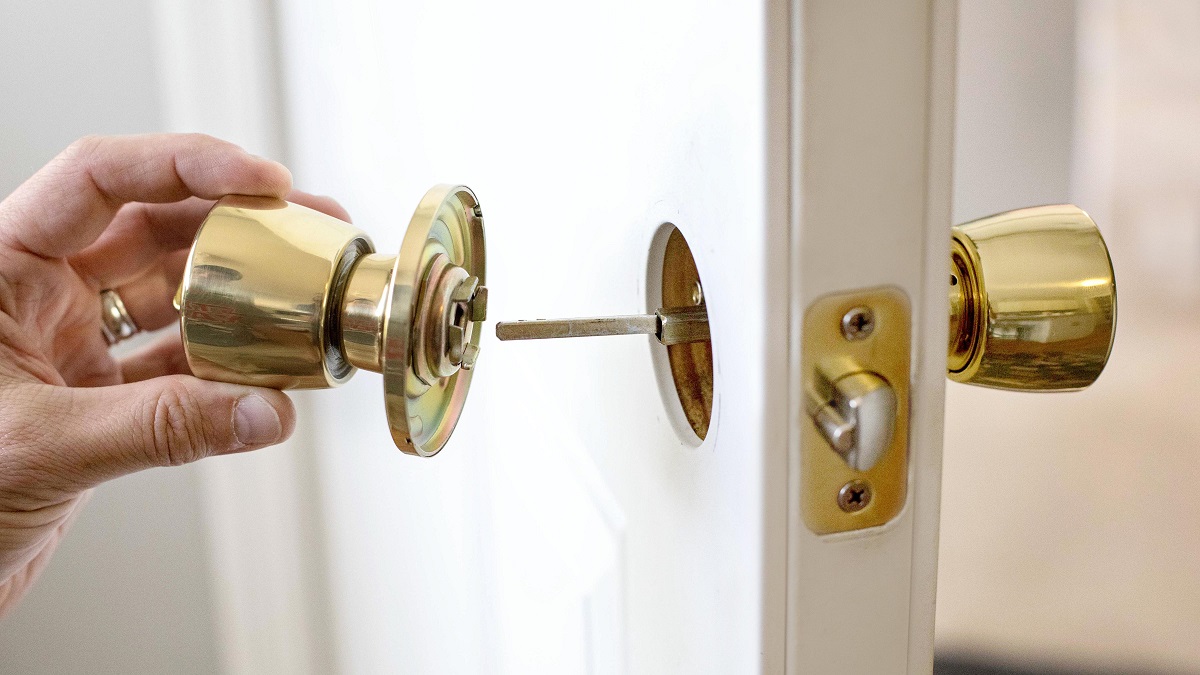
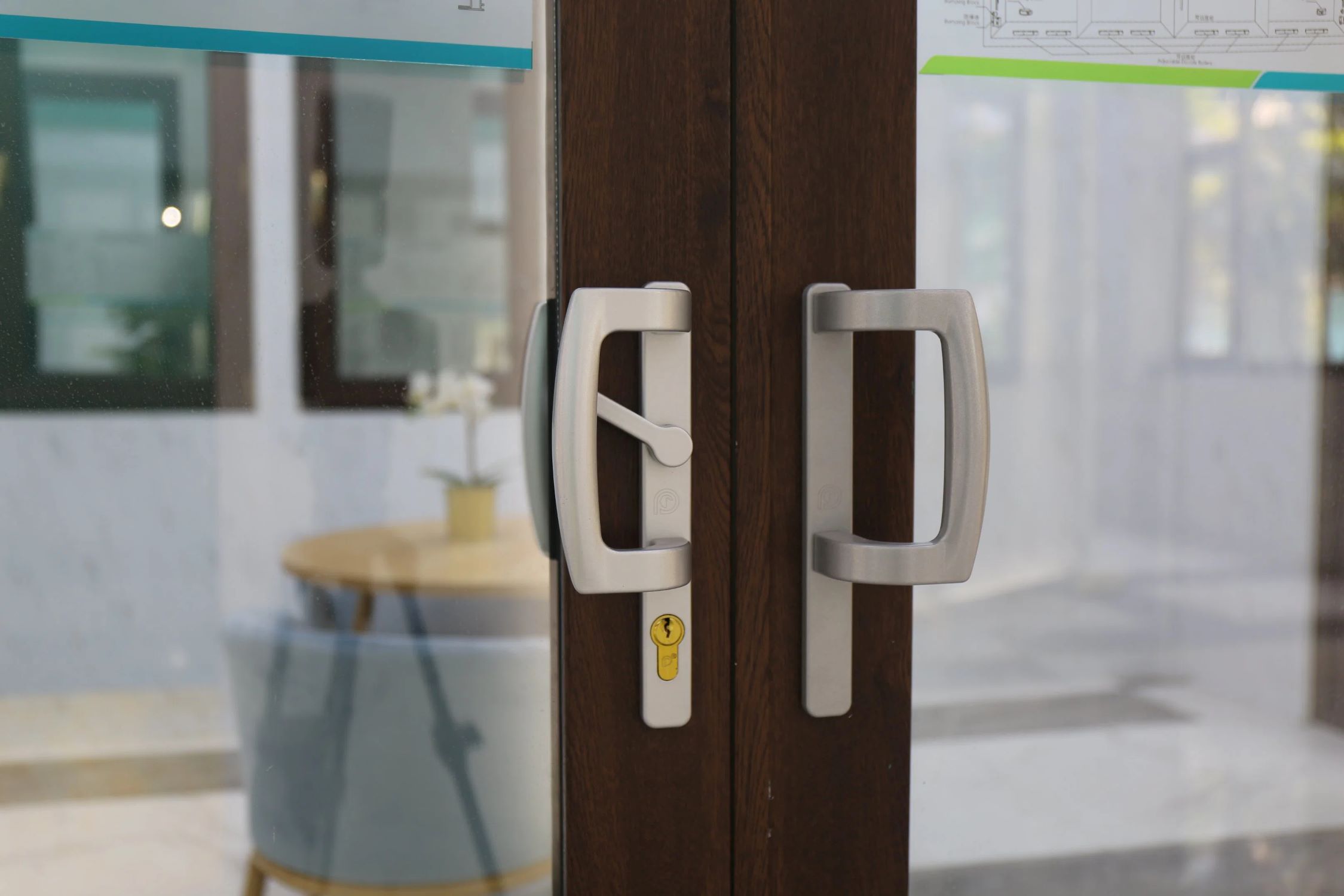
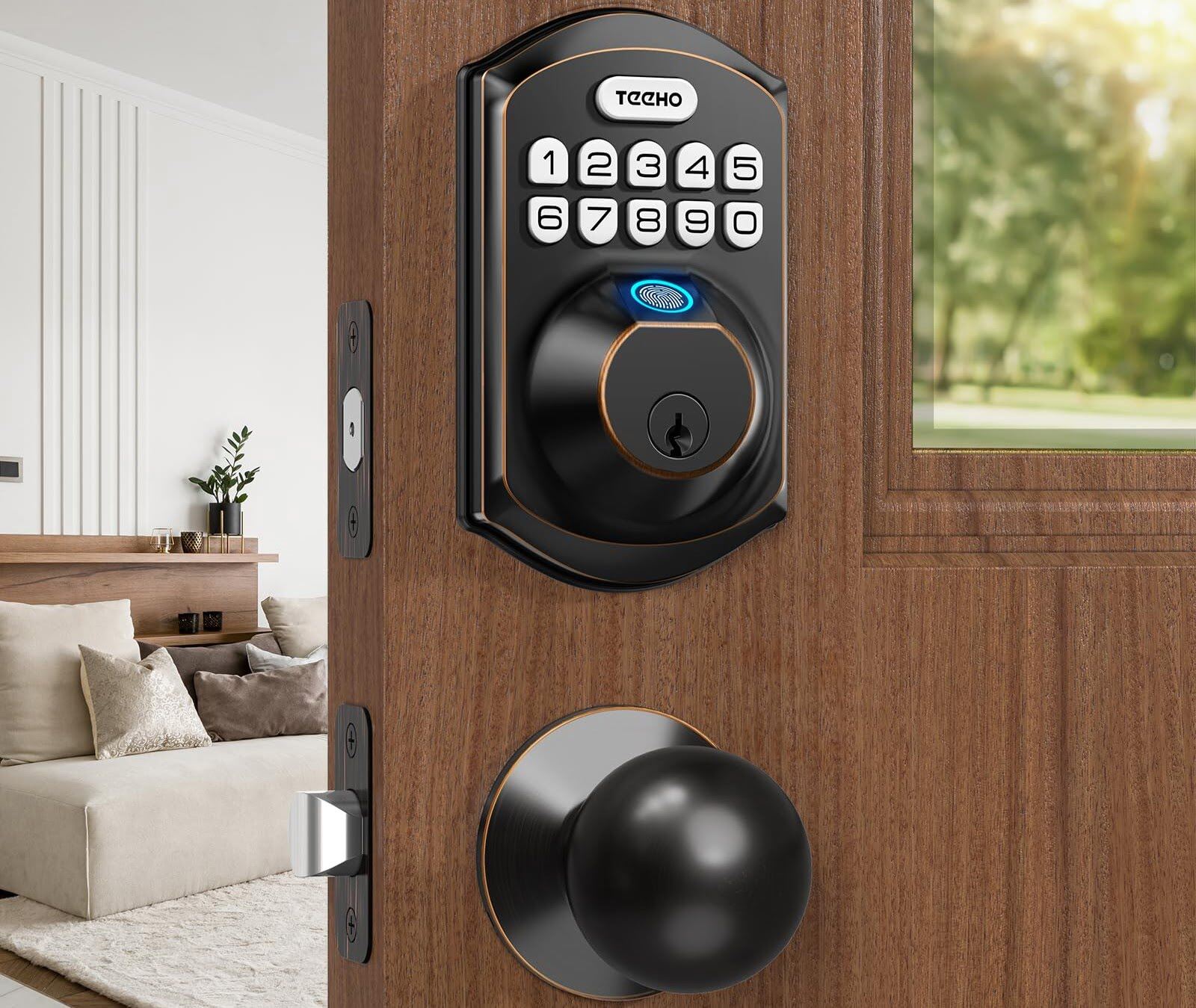
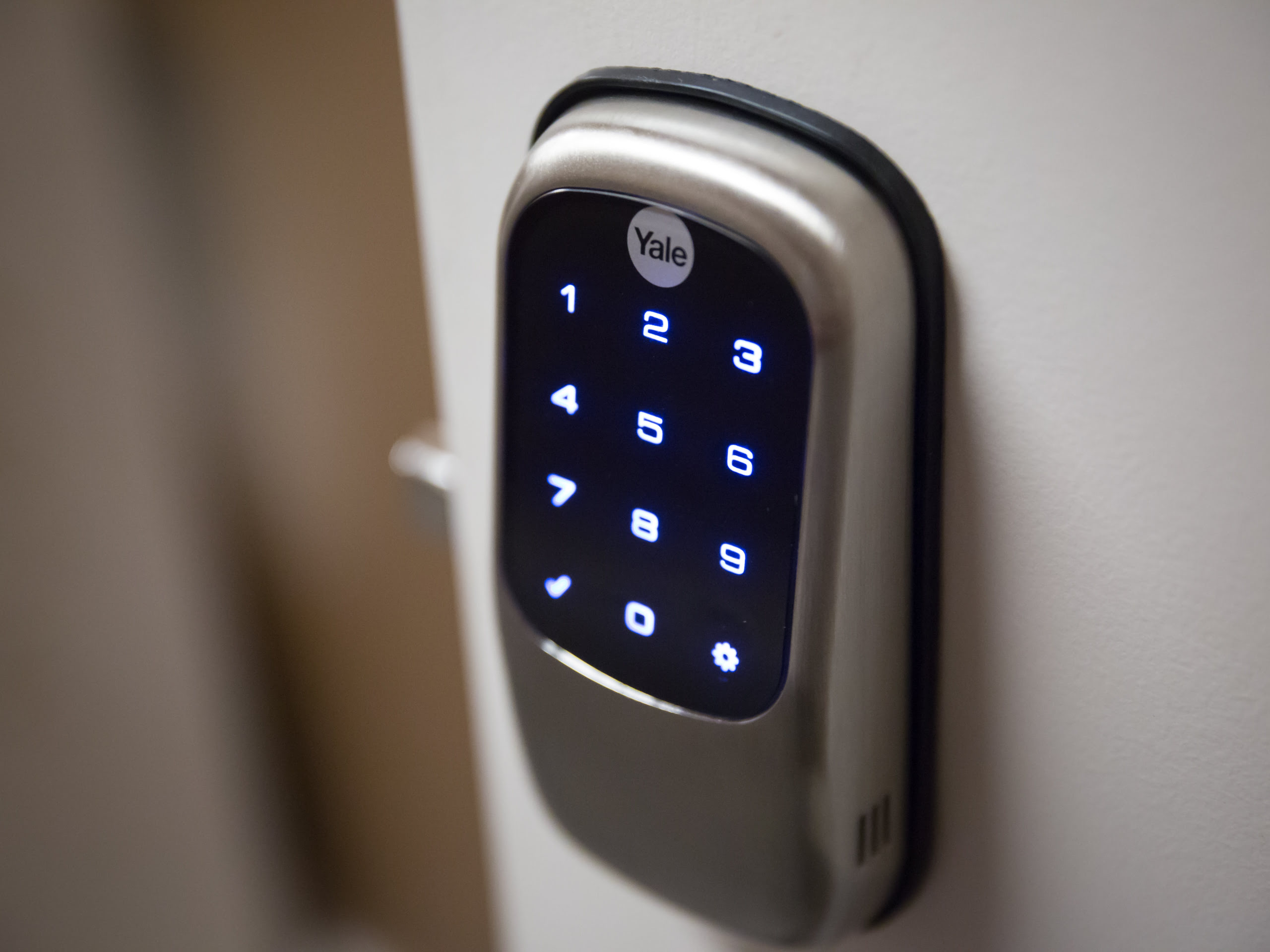
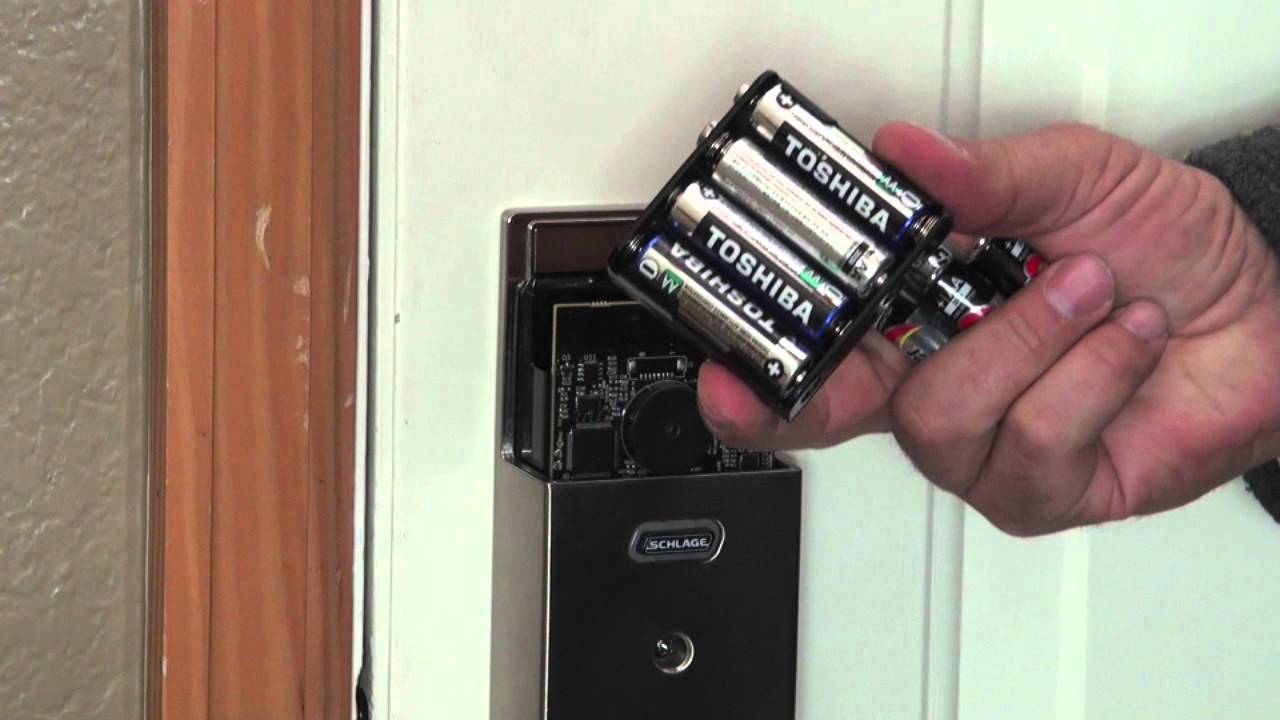
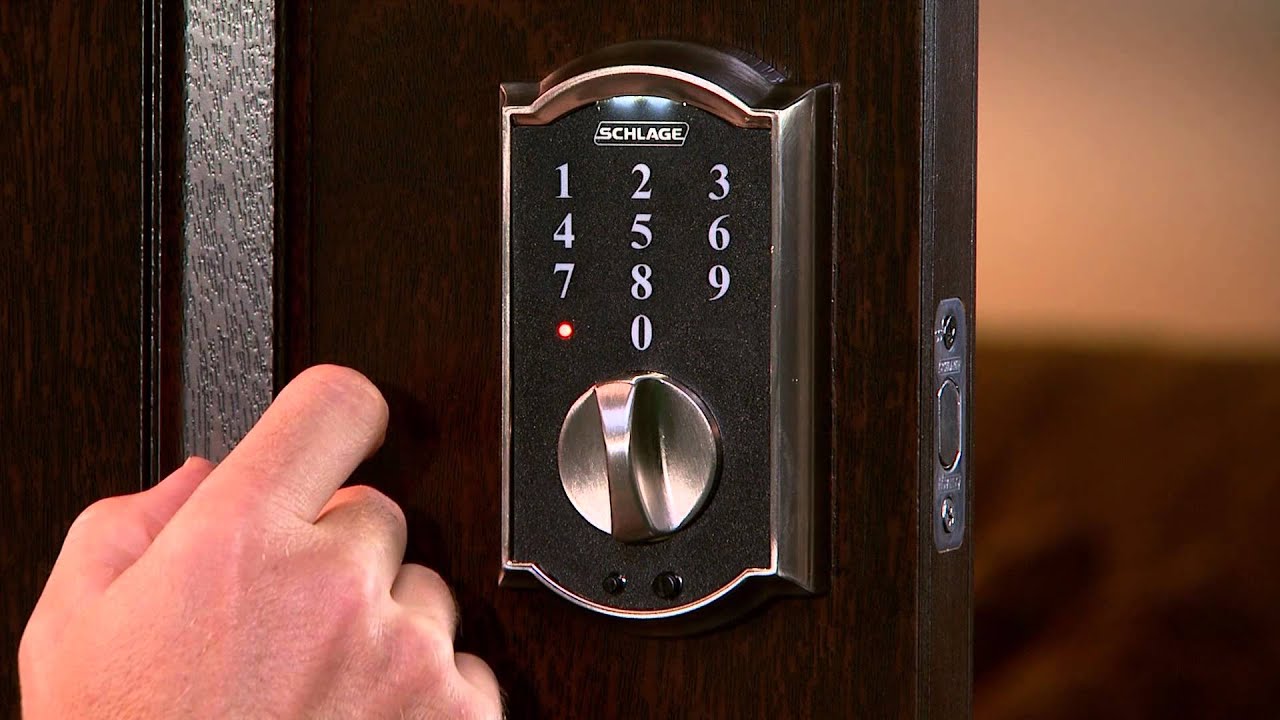
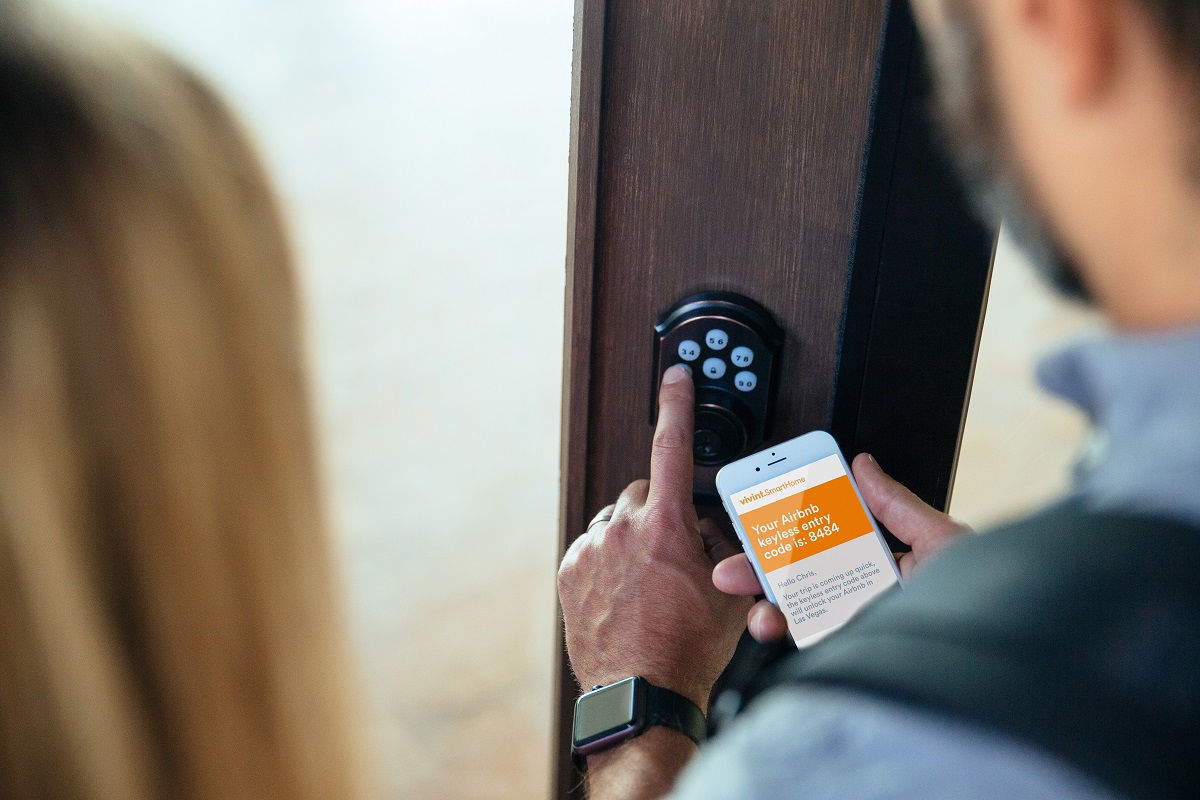
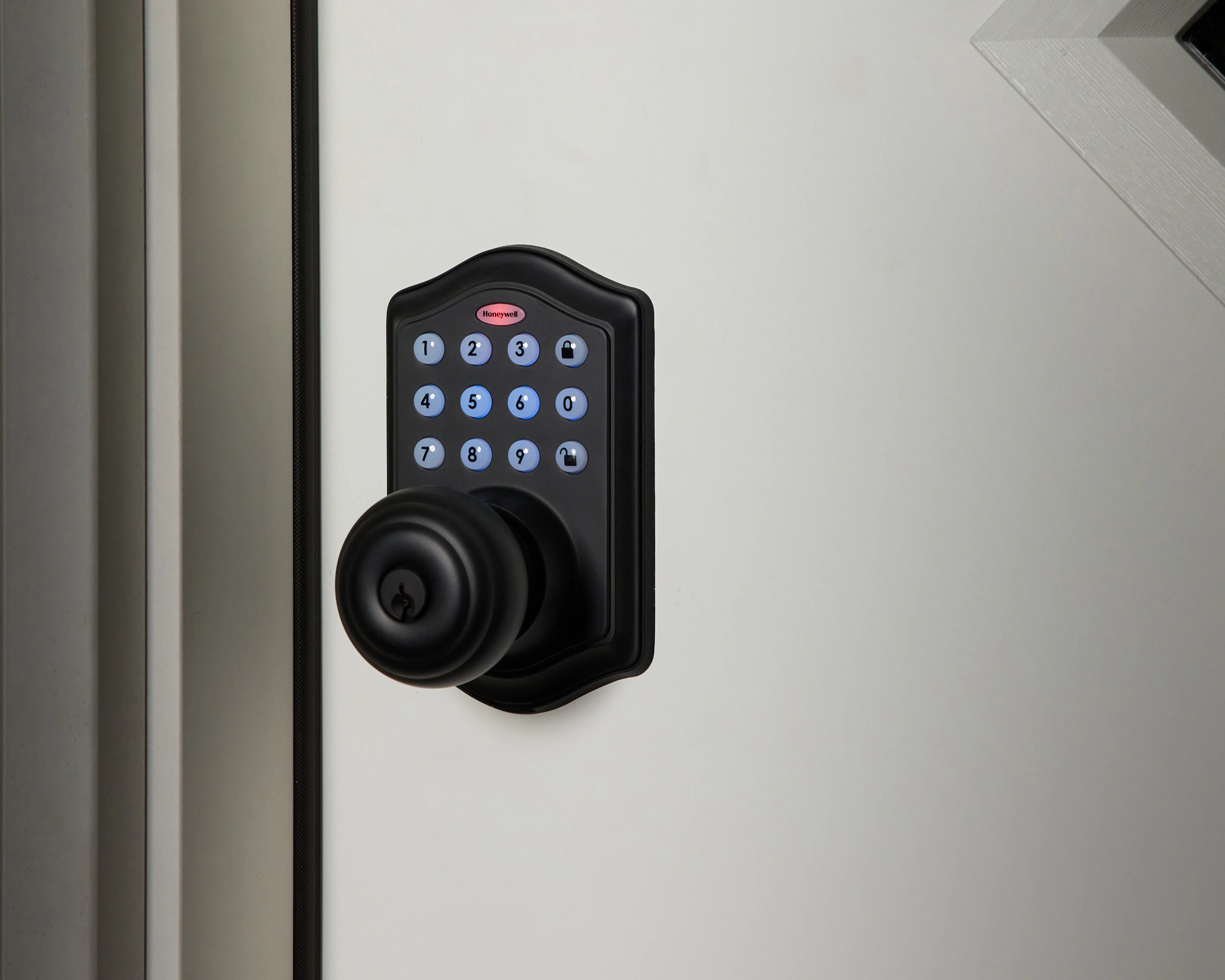
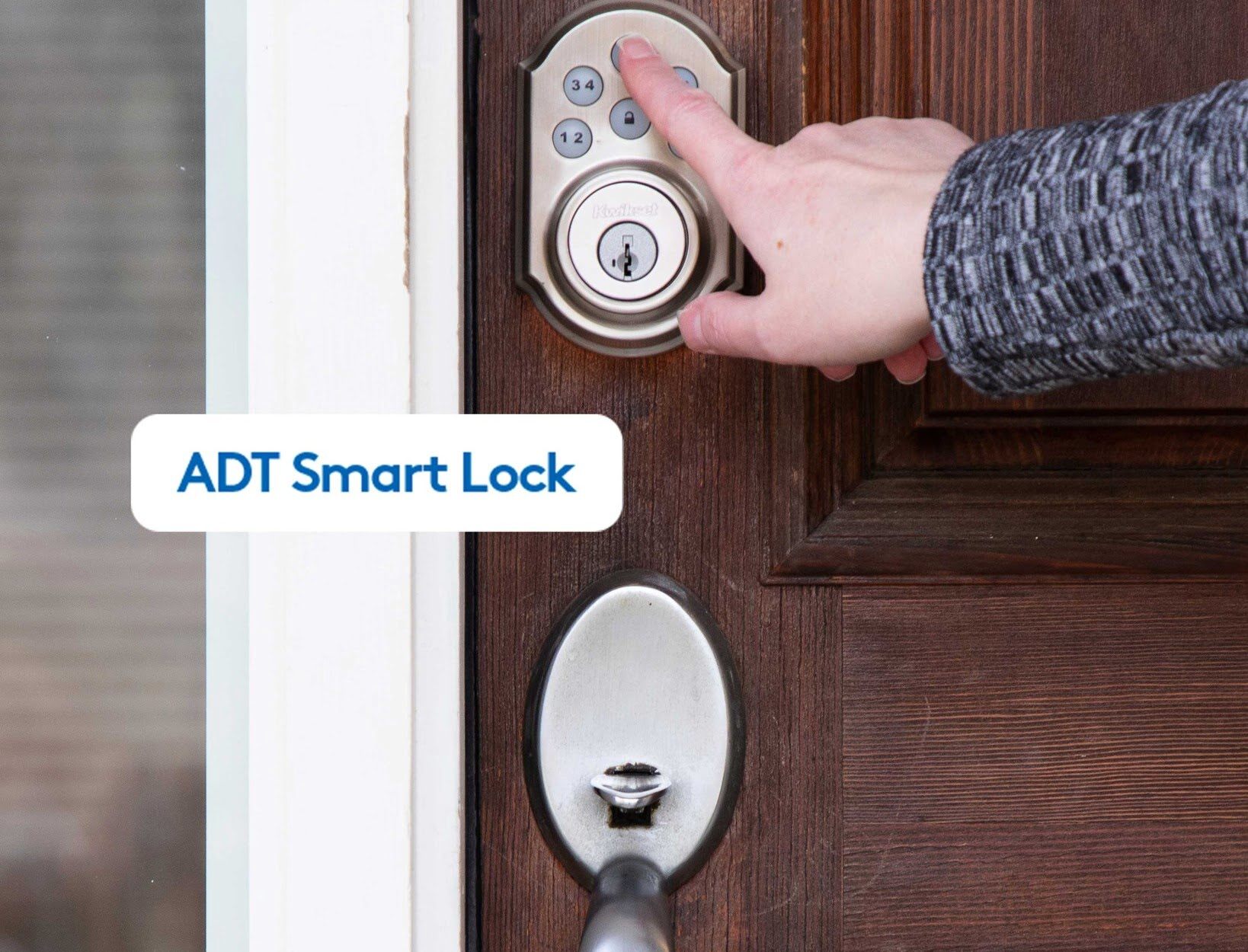
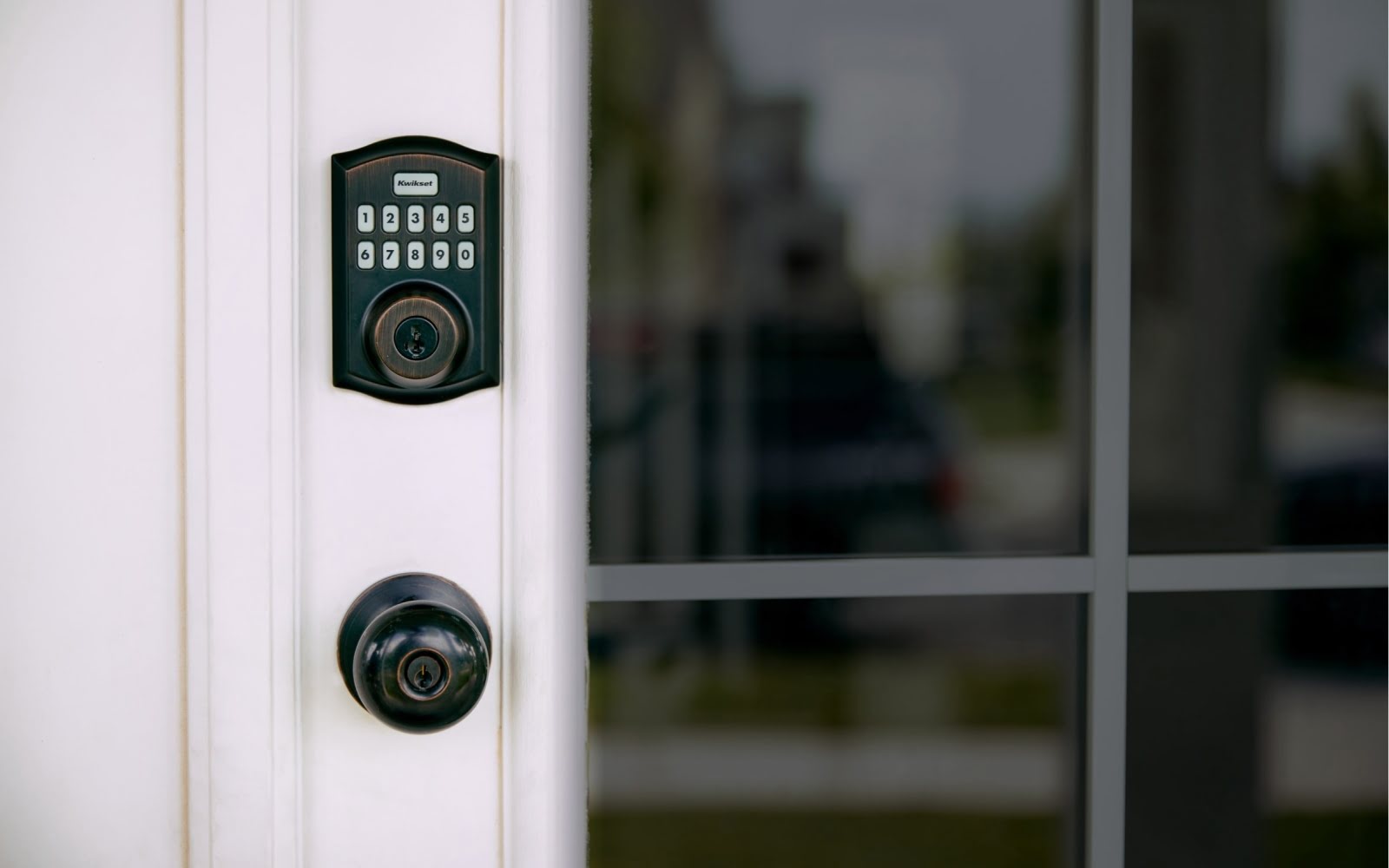
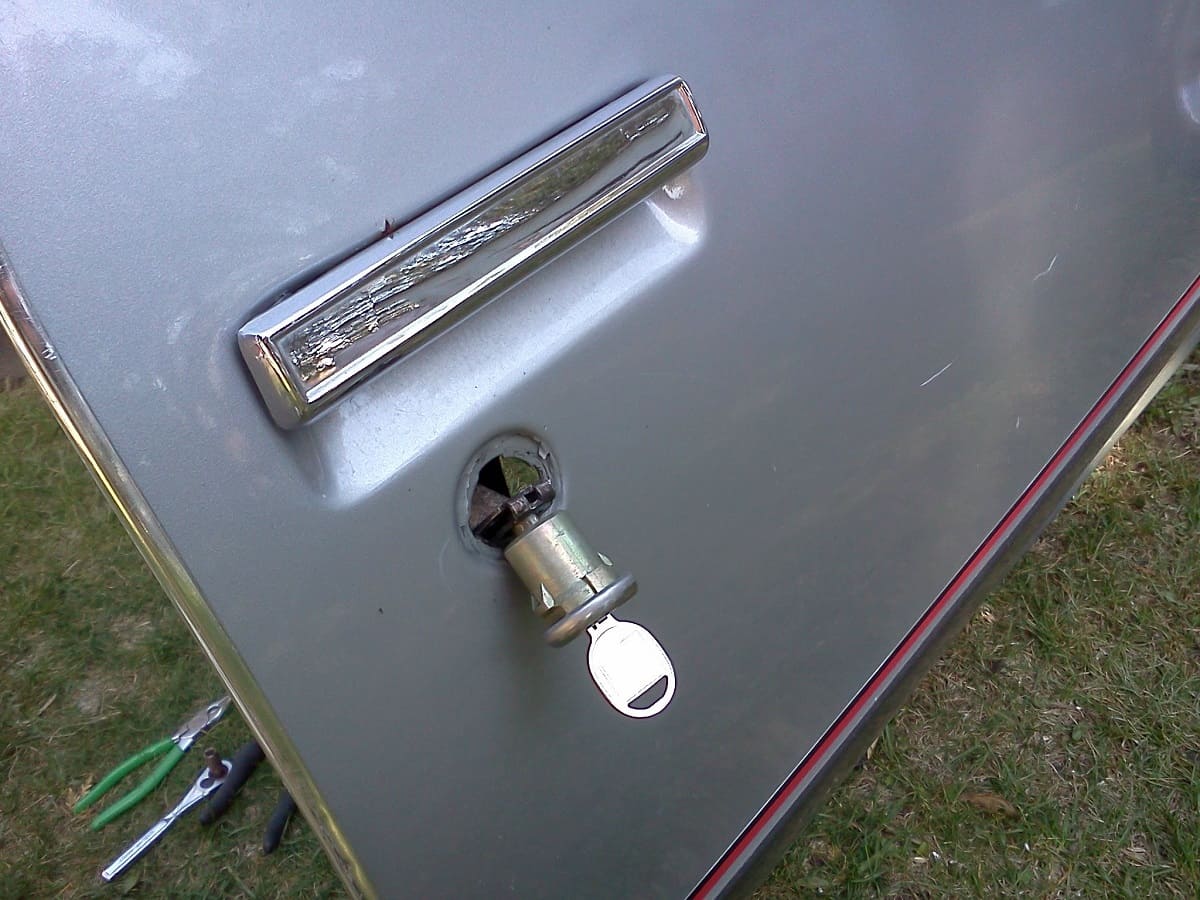

0 thoughts on “How To Change A Door Lock”